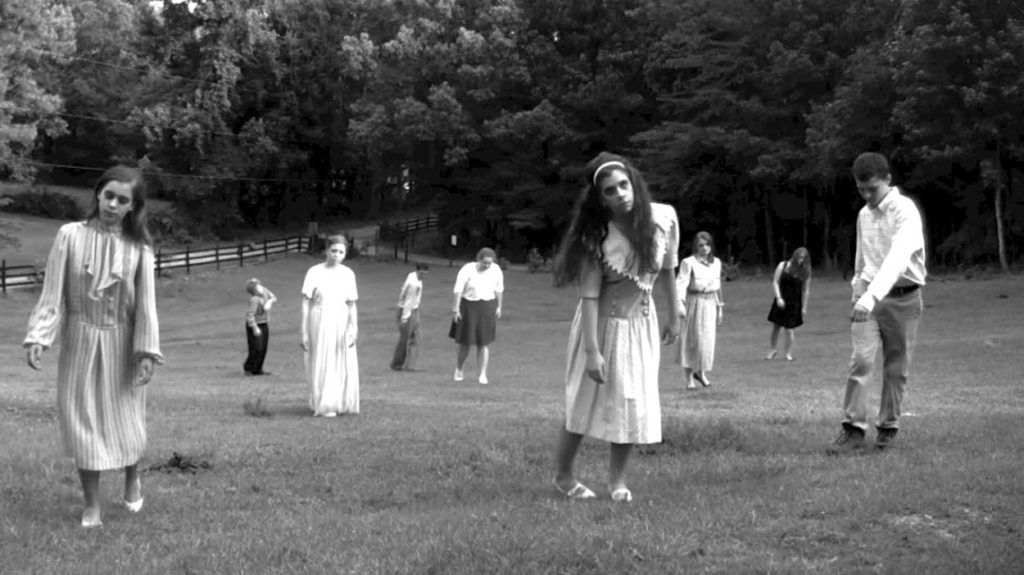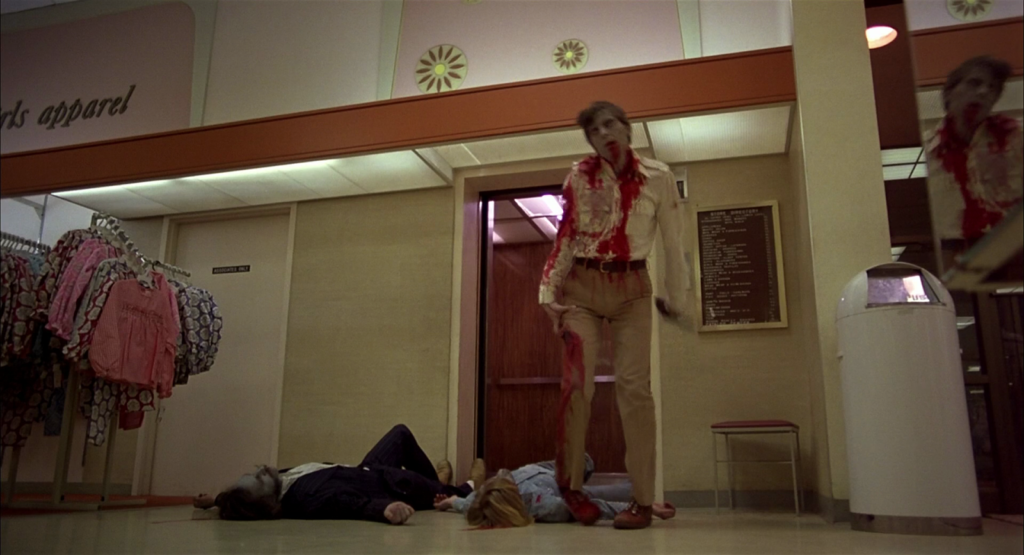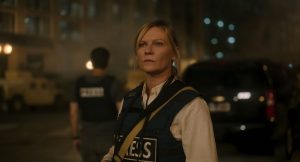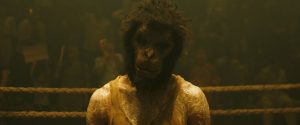Reviews include Civil War, In Flames, and The Greatest Hits.
In Memoriam: George A. Romero
July 19, 2017
George A. Romero wasn’t simply a genre filmmaker. He was a filmmaker—full stop.

A man in love with his medium, he often told an anecdote about renting film prints in his youth from his local library in New York. In particular, Romero adored Powell and Pressburger’s cinematic ballet Tales Of Hoffman, borrowing it regularly. The only problem was that it would often be rented out by another young cinephile: Martin Scorsese.
After learning his trade toiling on local Pittsburgh TV productions (including an episode of Mr. Rogers), Romero unleashed his legacy with his first amateur feature film, 1968’s Night of the Living Dead. Cobbled together with borrowed money and favours from friends, Romero delivered something that, although the word is never mentioned in the film, is the cinematic coining of contemporary zombie-dom. Yet this isn’t even Romero’s most important achievement: Through cynical attacks on the sanctity of the American family, he overtly politicized the horror genre for the first time, revealing the nation’s deeply held bigotry and distrust between those pioneering zombie headshots. Night of the Living Dead was part of a new wave of socially conscious personal filmmaking in the late 1960s, even if critics hardly noticed at the time.

Since Romero and his inexperienced partners didn’t properly copyright Night of the Living Dead, he never saw a dime from the film’s considerable profits. However, the success made his name a brand—perhaps a better form of payment, as he was able to continue financing thoughtfully harsh genre yarns throughout the 1970s. First came Season of the Witch (aka Jack’s Wife) a feminist and anti-capitalist parable sold with the promise of a coven. He followed that up with The Crazies, a deeply underrated apocalyptic horror effort that essentially created the rage zombies from 28 Days Later forty years early. After that came Martin, a tale of a dejected youth who is so convinced he’s a vampire that he murders for blood. That rather brilliant feature led to a cottage industry of character-driven art horror with a self-referential approach to the genre that was years ahead of its time.
Unfortunately, none of these films connected with audiences quite on the same level. Hungry for a hit, George dipped back into the zombie well in 1978 to deliver what is arguably his masterpiece: Dawn of the Dead. The social satire was more pronounced than his debut. The script was more rounded. The performances were stronger. The effects were ground-breaking. The score was magnificent. Beneath all its gore and cynicism, the film premiered like an action-packed romp. Critics finally recognized Romero’s genius and global audiences turned up in droves. Romero had arrived.

Dawn of the Dead made too much money for Hollywood to ignore. After independently financing his most ambitious project to date in Creepshow (a 50s horror comics homage written by Stephen King and boasting a cast with the likes of Ed Harris, Leslie Nielsen, and Ted Danson), the movie was purchased by Warner Bros. who turned it into a hit. Romero was welcomed into Hollywood—and almost immediately smacked around by the studio system. His next project, Day of the Dead, was supposed to be an epic and action-packed finale to his genre trilogy. His budget was unexpectedly slashed, forcing Romero to hastily rewrite the tale into a tiny, claustrophobic piece that presented humanity as a species destined to destroy itself. The flick still worked, but the troubled production was an unfortunate omen for the relationship between an indie maverick and the corporate studio system.
Following his move to Hollywood, the previously productive Romero’s output slowed to a crawl. He consistently signed to development deals, but the satirically political screenplays he delivered remained on the page. George would later joke that he made more money off of developing unproduced projects than anything he actually made in Hollywood. Aside from the hit horror anthology TV series Tales from the Darkside, he had little success, making only four barely released features in almost 20 years of living in Los Angeles. Despite finding cult audiences on video, his later movies weren’t up to the standards he set in his earlier work. Romero was always the first to admit that, but in retrospect, we can see it wasn’t really his fault: Hollywood pigeonholed him into only making horror movies, rarely allowing him to experiment beyond that genre.
Later, when zombies came back in vogue in the 2000s, Romero was able to make a second trilogy about the shuffling undead. Those zombie yarns have their fans, but their plodding pacing and inconsistent themes make it clear that his heart wasn’t really in zombies anymore. Sadly, the career of George A. Romero divides into a vastly influential streak of visionary independent films and then decades of comprised studio assignments.

Thankfully, he never soured from his industry relegation: George A. Romero remained a damn fine human being. When genre festivals and fan conventions grew into an industry, Romero graciously toured them all, telling stories and meeting his ardent fan base with kindness and humour. His art may have been angry and aggressive, but the man couldn’t have been kinder or friendlier. After falling for the city while shooting a few features here, Romero spent the last decade of his life living in Toronto. He regularly made public appearances with his trademark smile, wit, and thick-rimmed glasses, never hesitating to brighten a horror fan’s day on the street with a jovial encounter. His presence in the horror and film community will be dearly missed, but the films he made as a maverick genre movie madman in Pittsburgh will never be forgotten. Through grit, perseverance, and gallons of karo syrup, the horror master crafted films that changed the genre forever and provided a platonic ideal of cheap thrills fuelled by big ideas.



